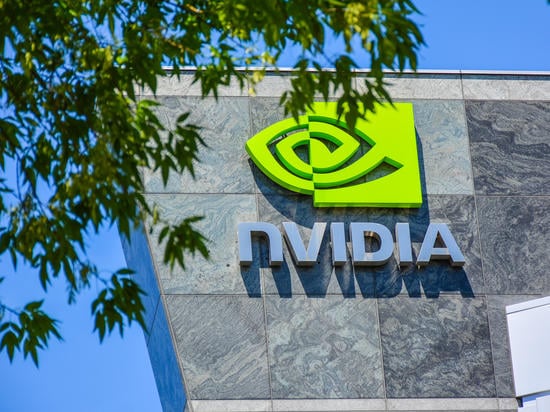Most UTIs, or urinary tract infections, are anything but subtle. When you’ve got one, you constantly feel like you need to pee even if you just went, it burns when you go and your urine looks suspiciously cloudy. UTIs are also quite common: More than 50% of women will deal with at least one in their lifetime, and what’s worse is that these infections can come back in a matter of months. Treating them has also become trickier. That’s because there’s a growing number of antibiotic-resistant UTIs, meaning the drugs commonly used to kill the bacteria behind the infection no longer work as well.
“Not only are these infections painful and unpleasant, they are becoming more difficult to treat,” says Dr. Cynthia DeTata, an ob-gyn at Stanford Medicine Children’s Health and a clinical assistant professor in maternal-fetal medicine at Stanford Medicine, tells Yahoo. She explains that the most common cause of antibiotic resistance is taking the medications improperly, such as not finishing the entire course of pills as prescribed. “Partially treating an infection allows rebound growth of bacteria that are now resistant to that antibiotic,” she explains.
Experts say there’s an increasing need for new treatments to get UTIs back under control. The challenge? “The last time a new antibiotic was approved for an uncomplicated UTI was 30 years ago. Our treatments have remained unchanged, while bacteria have continued to evolve,” Dr. Gil Weiss, an ob-gyn at the Association for Women’s Health Care and assistant professor of clinical medicine in the department of obstetrics and gynecology at Northwestern Memorial Hospital in Chicago, tells Yahoo.
Now for some good news: There’s a new antibiotic on the market called gepotidacin (sold under the brand name Blujepa) that gives doctors a new way to fight pesky UTIs. It’s the first new class of antibiotics since the 1990s, and experts say it can help treat UTIs with a lower risk of resistance.

The problem: While there are effective drugs for UTIs, antibiotic-resistant infections are making them harder to treat.
By the numbers: UTIs affect up to 16 million women in the U.S. annually, and for 30 to 44% of them, the infection will come back in a matter of months. Studies suggest that 92% of bacteria behind UTIs are resistant to at least one antibiotic, and nearly 80% don’t respond to at least two antibiotics.
The solution: In March 2025, the Food and Drug Administration approved gepotidacin to treat uncomplicated UTIs. (Drugs Pivya and Orlynvah were approved in 2024 to treat UTIs, but they fall into existing antibiotic classes.) “Gepotidacin is part of a new class of antibiotics called triazaacenaphthylenes,” DeTata says. “This class is so new that currently, gepotidacin is the only one in it.”
Antibiotics fight bacteria in two main ways: They can kill bacteria (bactericidal) or they can prevent them from multiplying (bacteriostatic), says DeTata. For example, some antibiotics interfere with the formation of bacteria cell walls, causing the wall to burst and killing the bacteria, while others disrupt the synthesis of proteins, which bacteria need to survive. “Gepotidacin works in an entirely new way by acting on enzymes called topoisomerases, leading to breaks in the DNA strands of bacteria,” DeTata says. “So gepotidacin is bactericidal, as these breaks in the DNA strands kill the bacteria.”
The drug’s main side effects in clinical trials were diarrhea (16% of participants) and nausea (9%), both which are common side effects for antibiotics in general. The research also found that gepotidacin performs just as well as (if not better than) nitrofurantoin, which is a frontline treatment for UTIs.
Added bonus: Gepotidacin “has the potential to be used for the treatment of gonorrhea, which has also been difficult to treat due to multi-antibiotic resistance,” says DeTata.
For Weiss and many other doctors, having a new treatment option for UTIs is something to celebrate. “I’m very excited that a new medication has come to market,” he says. “Any new medication for something so common is a win-win situation.”











